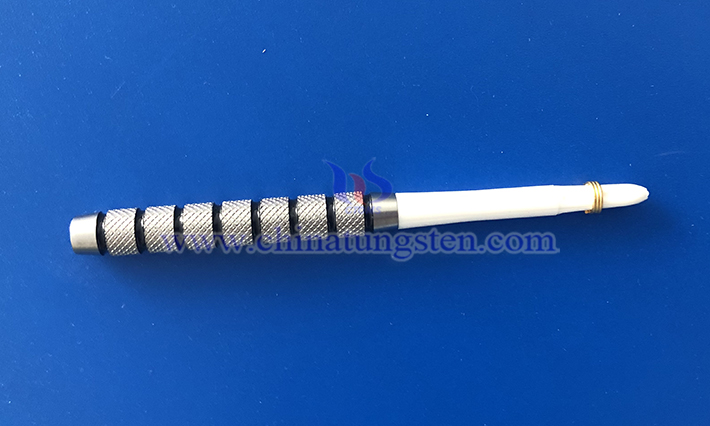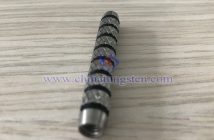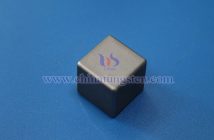The dart barrel is the core functional component of darts. Its material properties directly affect throwing stability, precision ceiling, service life, and long-term cost. Differences between tungsten alloy and brass—two mainstream materials—lie in their physical properties and competitive performance.

Tungsten alloy uses tungsten as the matrix, with nickel-iron or nickel-copper liquid-phase sintering to form a dense composite—density 2.1× that of brass. At equal weight, a tungsten barrel occupies 45%–50% the volume of brass, resulting in a slimmer body and smaller cross-section.
Vickers hardness far exceeds brass: surface resists scratches and dents; grip texture stays pristine after years of palm sweat and board impacts. Brass, highly ductile, develops ring indentations and rounded edges under high-frequency use.
Chemically, tungsten alloy barely reacts with sweat or air; brass oxidizes into verdigris, requiring regular cleaning—otherwise grip turns sticky.
High density gives tungsten barrels narrower diameters—three-finger stacks interfere less, rear-dart bounce-outs drop sharply.
Weight can concentrate 70%+ mass in the front 8 mm, enabling torpedo, barrel, front-load, and rear-load shapes to match push, whip, or control throwing styles. Brass volume limits center-of-gravity tuning.
Aerodynamically, tungsten faces lower drag and less airflow disturbance.

Tactilely, tungsten’s rigidity delivers direct energy transfer—muscle memory locks in faster. Brass micro-deforms over time, feel drifts, repeatability suffers.
Maintenance: tungsten needs only a dry cloth wipe; texture and plating last forever. Brass requires monthly copper cleaner and anti-rust oil when idle.
Under pro-level training, tungsten barrels serve several years; brass shows obvious wear in 6–12 months.
Casual players (1–2 sessions/week) get 1–2 years from brass, yet tungsten wins on total cost of ownership.
In professional events (PDC/WDF), tungsten alloy barrels dominate 100%.
Clubs and online leagues run 85%–90% tungsten for the performance-price sweet spot.
Beginner classes, family sets, and pub boards stick to brass—low entry barrier, high forgiveness, perfect for sparking interest.



